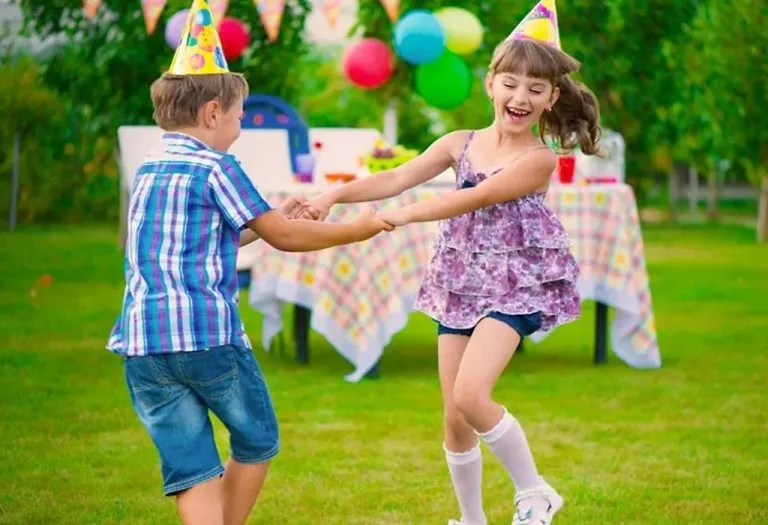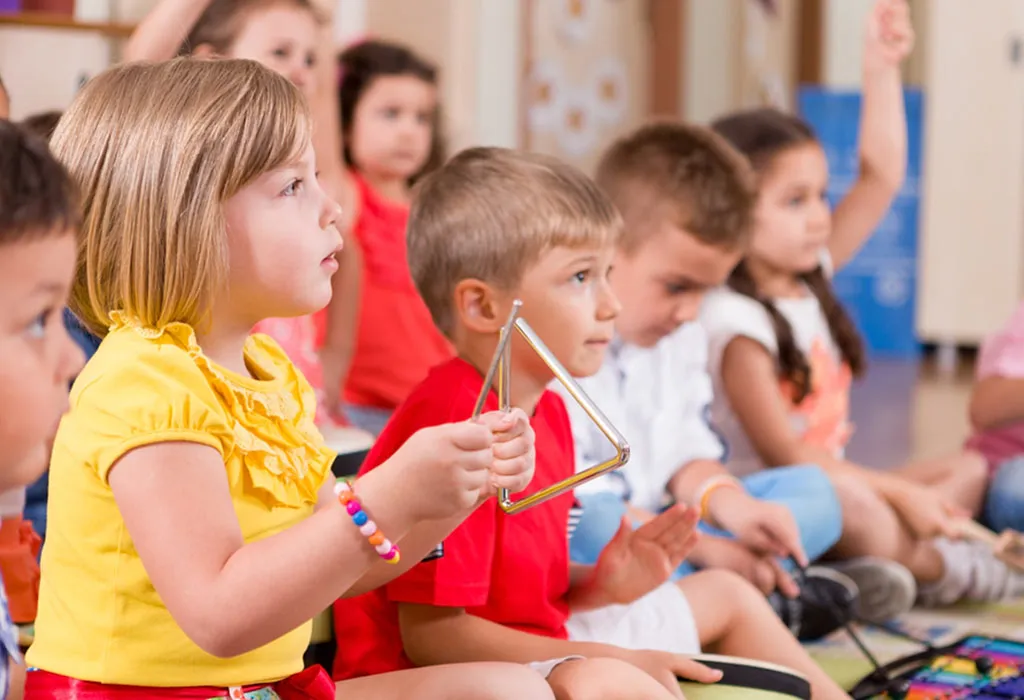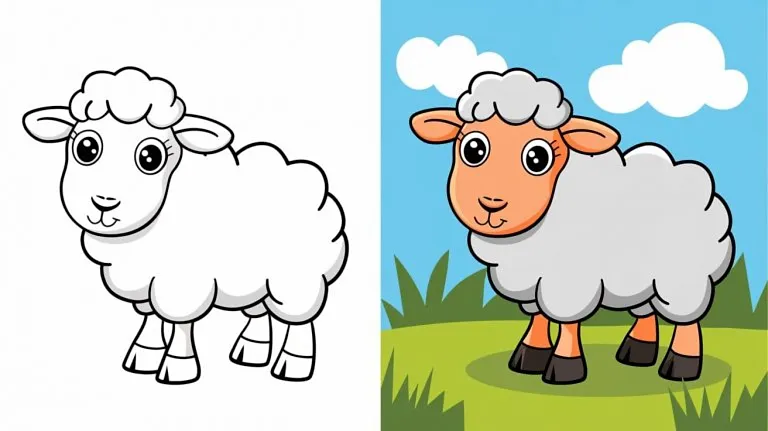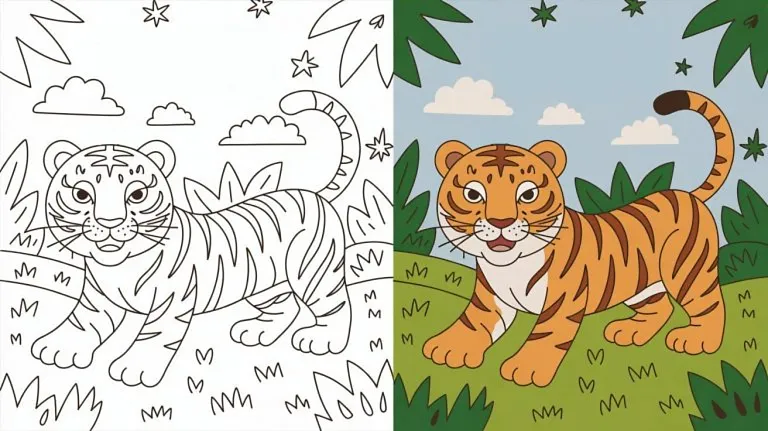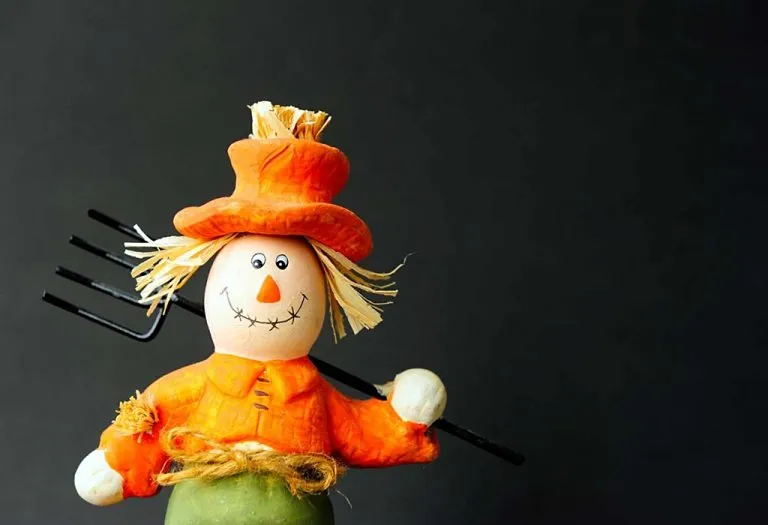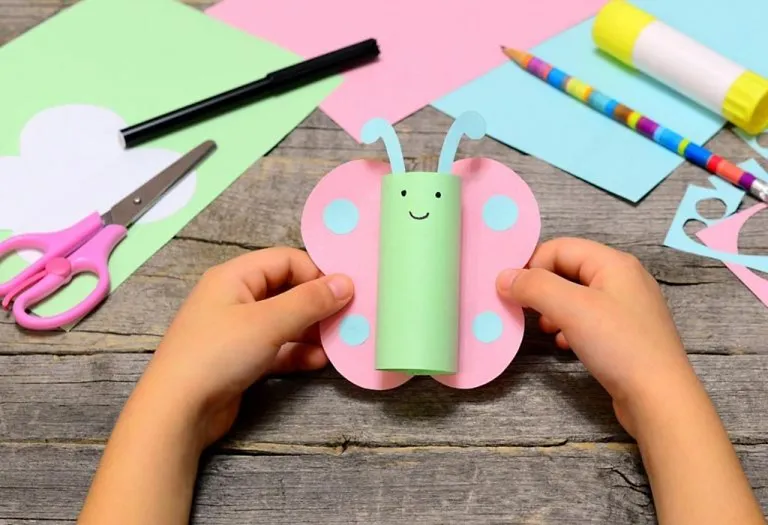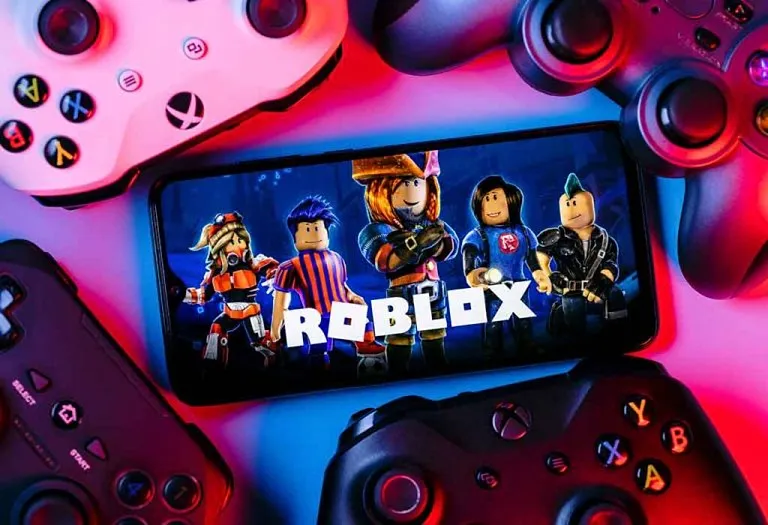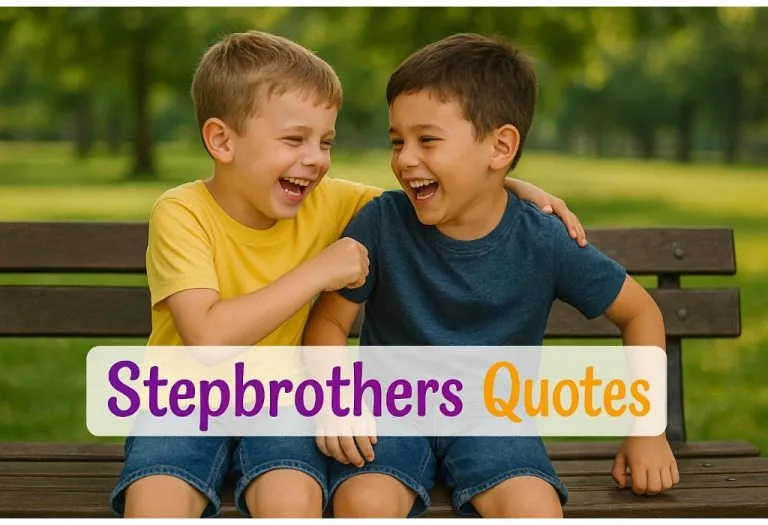25 Interactive Music Games for Kids
Engaging children in the world of music can be both educational and entertaining. With the rise of technology and digital platforms, interactive music games have become an excellent tool for introducing young learners to the fundamentals of rhythm, melody, and musical creativity. Rhythm is often described as our sixth sense. And it isn’t just us! Even cows have been reported to feel significantly de-stressed when listening to soothing music! The positive effects of learning a musical instrument by a developing brain have been widely appraised. It is never too early for your child to begin appreciating music. So, make music a part of your child’s growth by playing foot-tapping tunes as and when possible. Here are some interactive music games for kids that you can let them play and help them benefit from music therapy.
Benefits of Music Games for Kids
Music games for kids offer more than just entertainment; they provide valuable educational and developmental benefits that can positively impact children’s cognitive, emotional, and social skills. From enhancing creativity to improving coordination, here are some key advantages of integrating music games into children’s playtime:
- Music games stimulate various brain areas involved in memory, attention, and problem-solving, promoting cognitive development.
- Playing musical instruments or engaging in rhythm-based activities helps children develop fine and gross motor skills, enhancing coordination and physical agility.
- Music games for elementary students encourage them to explore their creative potential, experiment with sounds, and express themselves freely through music.
- Collaborative music games promote teamwork, communication, and cooperation among children, fostering positive social interactions and friendships.
- Music has a calming effect and can help children manage stress and regulate emotions, promoting overall well-being.
25 Interesting Music Games and Activities for Children
Introducing music activities for kids is a fun way to train your child’s abstract thinking capabilities. Here’s a list of musical games for kids that are not only entertaining but also provide valuable learning opportunities. The best part? These games require nothing more than common household items, making them easily accessible and a whole lot of fun for your little ones.
1. Hide and Seek
One of the best music activities for preschoolers to help your child’s listening skills.
What You Will Need:
- A musical toy/music player
- Hiding Spots
How to Play:
- Get your child to close their eyes and wait till you hide a musical toy or device within hearing distance somewhere inside your house (preferably a place safe for your child to access).
- Turn on the music and run away from the location.
- Then, let your child open their eyes and seek the toy by ear.
You can increase the difficulty of this game by hiding the toy in more unlikely places as your child grows better at listening and finding. A spare mobile could also be used.
2. Passing the Happy Parcel
Everyone’s a winner in this fun game!
What You Will Need:
- A small “special” gift in a small package
- Lots of wrapping paper
- Sweets, toffees, stickers, little toys or other treats
How to Play:
- Wrap your main gift in one layer of wrapping paper.
- Place a treat over the main gift and wrap it with more wrapping paper.
- Continue this step until all the treats are wrapped, making a big package.
- Now, seat the children in a circle. Start passing the package while the music plays.
- When the music stops, the child holding the package is eliminated. However, they get to remove the first layer of the wrapping paper and take the treat!!
- Continue until the only person left gets the ‘main’ prize!
A good thing to make sure of would be to have enough layers of treats so that everyone at the party gets one!
3. Little Maestros
Did you know that Mozart began composing music by the age of five?
What You Will Need:
- Sheets of paper
- Pencil, crayons or sketch pens
How to Play:
- Designate a symbol for a sound. For example, a circle could denote a clap, and a triangle could be a snap of your finger.
- Create up to four sounds with their corresponding symbols. Sounds can include simple ones like tapping the table, stomping your foot, etc.
- Create a sequence of symbols that your child can then “read” to make music.
- Encourage them to create music using these symbols and listen to their masterpieces.
This game may be an early tool to teach a child that practice makes perfect!
4. Sounds of Music
Violin? Cello? Flute? This game could seem a little intense, but it’s the one you and your kid will keep playing for the rest of your lives!
What You Will Need:
- Music player
- Instrumental music tracks (best to start music that has one or two instruments)
How to Play:
- Familiarise your child with different instruments and their sounds.
- Play a simple song and let your child guess what instrument is being used in the song.
- As he/she becomes well-versed in identifying individual instruments, increase the level of difficulty by introducing music with two or even more instruments.
It’s never too early for your child to get introduced to music!
5. Musical Clothes
Another party spin-off of the classic music games for preschoolers!
What You Will Need:
- A bag full of clothing (the wackier, the better. Include wizard hats, capes, party props, etc.)
- Chairs
- Music player
How to Play:
- Arrange the chairs in a circle for the children to sit.
- The bag with the clothes and props is passed when the music begins playing.
- When the music stops, the child with the bag must pull out one item and put it on.
- Continue until the bag is empty. Whoever has the most wacky clothing items is the winner!
6. Bingo Dance-o
It is an active and musical version of the classic bingo game that seniors love playing.
What You Will Need:
- Large sheets of paper
- Several prizes
- Music player
How to Play:
- Number each sheet from 1 to the number of children playing the game.
- Wrap your prizes and number those randomly.
- Place the sheets on the floor.
- Like musical chairs, when the music is switched on, the children walk around the sheets of paper.
- Each child picks one sheet to sit or stand on when the music stops.
- Pick out any wrapped prizes and state the number marked on it.
- The child who picked the sheet with the same number wins the prize. The sheet and that child are now out of the game.
- Repeat till all the prizes are over.
As far as musical games for preschoolers go, this is a party favourite.
7. Nursery Rhyme Time
Nursery Rhymes are used for early childhood music activities because of their simple rhythm and wording.
What You Will Need:
- Extremely simple nursery rhymes (“Baa Baa Black Sheep” and “Twinkle Twinkle Little Star” cannot go wrong)
- Corresponding actions for the words (quickly improvised or found online)
How to Play:
- Teach the child the words of the nursery rhyme, focusing on the rhythm of reciting it.
- When they are familiar with the words and recitation, introduce actions that correspond to the words.
- Another element that could replace actions is clapping. Patting hands with a partner or a parent is an excellent way to build confidence.
This activity also benefits the child’s pronunciation.
8. Musical Statues
Freeze!
What You Will Need:
- Music player
- Space to dance
How to Play:
- Let the children start dancing when the music is turned on.
- Let them jump and dance for a while, and then pause the music.
- When the music pauses, everyone must freeze.
- Children who do not freeze or stumble are eliminated.
- Continue until one child remains the winner.
9. Animal Dance
Help your children bring out their inner animal!
What You Will Need:
- Square cutouts with a picture of an animal in each one
- Music player
How to Play:
- Let each child pick a card at random. This activity can be carried out all at once or individually.
- The child dances when the music is played, imitating the animal on the card.
- Repeat the steps for every card you have.
Discuss their movements and how they danced. Down on all fours? Loud? Fast or slow? All these choices show how children’s brains work.
10. The Dance Isles
A blend of musical chairs and musical statues, this one has a charm of its own.
What You Will Need:
- Sheets of newspaper
- Music player
- Space to dance
How to Play:
- Lay the newspapers on the ground (one for each child). Space them out so that there is ample room for dancing. The paper is their dance island.
- Play music and let the children dance, but only over the newspaper.
- When the music pauses, each kid should freeze within their own “dance island”, i.e. the newspaper. If they break the pose or step outside, they are disqualified.
- After each round, the newspaper is folded in half for the kids still in the game.
Encourage energetic dancing and play upbeat music. This game can be a good exercise, too.
11. Tissue Ballerina
Dancing involves a lot of factors, including grace and balance!
What You Will Need:
- A box of tissues
- Space to dance
- Music player
How to Play:
- Each child places a tissue on their head.
- When the music starts, everyone starts dancing.
- If a kid’s tissue falls on the ground, they are eliminated. If they catch their tissue before it touches the floor, they can return it to their head and continue.
- Continue until only one remains standing.
12. The Moods of Music
Music is universal because it connects with our emotions. Kids, too, experience music in ways we cannot imagine.
What You Will Need:
- Lots of songs expressing different emotions, such as joy, sadness, anger, etc
- Music player
How to Play:
- Explain to the children the objective of this game. Tell them that music can sometimes make you feel different, and encourage them to express how they feel by dancing.
- Play different songs and observe how they dance to each song.
- This game helps young ones identify their emotions with the help of music.
13. So You Think You Can Dance
Appreciating choreography!
What You Will Need:
- Music player
- Space to dance
- To make it enjoyable, it would be fun to add props or even costumes to the mix
How to Play:
- Divide the children into two or more teams and give them their props.
- Let them pick their music and create a dance routine for it.
- After every team performs, the best team is announced the winner!
This game is more than just fun. It helps kids appreciate the effort involved in selecting the steps, setting a dance routine, and practising. It also teaches them teamwork and improves their communication skills.
14. Musical Limbo
A party game for all ages!
What You Will Need:
- A pole can be substituted with anything straight and long from around the house, such as curtain rods, mop handles, etc.
- Music player
How to Play:
- Limbo is a party game where players bend backwards at the knee to pass under a horizontal beam without falling over or touching it.
- Add music to the proceedings, and you have Musical Limbo! Children sway and dance their way under the beam held by two adults.
- For each new round, lower the bar. The child who can go the lowest without touching the beam wins!
15. Antakshari
Everybody’s favourite!
What You Will Need:
- Two teams
How to Play:
- The moderator picks a random alphabet to start a song. The first team sings a song beginning with that sound of the alphabet. Only two or more lines need to be sung.
- The second team then has to sing a song that begins with the last sound of the song sung by the opposite team.
- This goes on until one team fails to come up with a song. Several rounds can be played.
This game could work better with teenagers and adults as they would know more songs than children. You may also allow nursery rhymes and every other song the children have learnt.
16. Musical Chairs
It is a classic music game that enhances listening skills and promotes movement.
What You Will Need:
- Chairs (one less than the number of players)
- Music player with upbeat music
How to Play:
- Arrange chairs in a circle, facing outward.
- Start playing music and have the children walk around the chairs.
- Children must quickly find a chair to sit on when the music stops.
- Remove one chair after each round and continue until only one player remains, who becomes the winner.
17. Name That Tune
An engaging game to test children’s musical knowledge and memory.
What You Will Need:
- Various musical instruments or recordings of different songs
How to Play:
- Play short snippets of different songs or musical pieces.
- Have children guess the name of the song or the artist.
- Award points for correct answers, and the player with the most points wins.
18. Musical Alphabet
A learning game that combines music with literacy skills.
What You Will Need:
- Flashcards with letters of the alphabet
- Music player with alphabet songs or rhymes
How to Play:
- Scatter the flashcards with letters around the room.
- Play an alphabet song or rhyme and encourage children to dance or move around.
- When the music stops, call out a letter, and children must find the corresponding flashcard.
19. Sound Scavenger Hunt
An outdoor game that sharpens children’s listening skills while exploring nature.
What You Will Need:
- Checklist of sounds (birdsong, rustling leaves, running water)
- Outdoor space (backyard, park)
How to Play:
- Give each child a checklist of sounds to listen for.
- Take a nature walk and encourage children to identify and mark off the sounds they hear.
- Discuss the different sounds and their sources at the end of the hunt.
20. Karaoke Competition
The karaoke competition is not just a game; it’s a platform for children to express themselves, showcase their singing talents, and have a blast performing their favourite songs.
What You Will Need:
- Karaoke machine or music player with karaoke tracks
- Song lyrics are displayed on a screen or printed out
How to Play:
- Choose a variety of karaoke songs suitable for children.
- Divide players into teams or allow each child to perform individually.
- Each participant takes turns singing a song of their choice while following the lyrics on the screen.
- Judges or audience members can rate the performances based on vocal talent, stage presence, and overall entertainment value.
- Award prizes or certificates to winners in categories such as “Best Singer,” “Most Creative Performance,” or “Audience Favourite.”
21. Musical Trivia
It is an engaging game that challenges children’s knowledge of music history, artists, and songs.
What You Will Need:
- Trivia questions about music (e.g., about famous musicians, songs, genres)
How to Play:
- Prepare a set of trivia questions related to music, ranging from easy to challenging.
- Divide players into teams or allow individuals to participate.
- Ask a series of trivia questions, giving each team or player a chance to answer.
- Award points for correct answers and keep track of scores throughout the game.
- At the end of the game, declare the team or player with the most points as the winner.
22. Balloon Dancing
It is a lively game that combines music and movement with the fun of keeping balloons in the air.
What You Will Need:
- Balloons (inflated)
- Music player with upbeat music
How to Play:
- Scatter balloons around the play area.
- Start playing music and encourage children to dance and move around.
- Children must keep the balloons in the air using only their hands, feet, or other body parts except their arms.
- If a balloon touches the ground, the child who last touched it is out.
- The game continues until only one player remains or until a set time limit is reached.
23. Musical Story Starters
A creative game where children use music as inspiration to create imaginative stories or scenes.
What You Will Need:
- Music player with various instrumental tracks or soundscapes
- Paper and crayons for drawing (optional)
How to Play:
- Play different instrumental tracks or soundscapes and encourage children to listen closely.
- After each track, ask children to create a story or scene inspired by the music they heard.
- They can draw illustrations to accompany their stories or act out the scenes for fun.
- Share and discuss the stories or scenes each child created, highlighting how music can evoke different emotions and imagery.
24. Musical Memory
In a memory game, children listen to a sequence of musical notes or sounds and repeat them back in the correct order.
What You Will Need:
- Musical instrument or sound-producing device
- Music player with recorded sequences of musical notes or sounds
How to Play:
- Play a sequence of musical notes or sounds for the children to hear.
- Children must listen carefully and repeat the sequence back in the same order.
- Increase the difficulty by adding more notes or sounds to the sequence as the game progresses.
- Award points for correct repetitions and see who can remember the most extended sequence.
25. Musical Memory Match
A memory and concentration game that challenges children to remember musical patterns.
What You Will Need:
- Cards with musical notes or rhythm patterns
- Timer (optional)
How to Play:
- Lay out the cards face down in a grid.
- Players take turns flipping over two cards to find matching musical patterns.
- The player keeps the pair and gets another turn if a match is found.
- If no match is found, the cards are flipped back over, and the play passes to the next player.
- The player with the most matches at the end of the game wins.
Some Useful Tips
- Many games involve children being eliminated one by one, so it is essential to keep the game moving fast so that the children do not lose interest.
- Recruit children who have gotten out of the game to help you referee so they do not feel left out.
- Some children may be too shy to participate. Always have books or toys around to keep them occupied or entertain themselves until they muster the courage to participate. Allow them to get involved in the games on their own, but don’t forget to encourage them every now and then so they feel included.
- While most games involve single big winners, it helps to have several small prizes for the participants. Appreciate them with gifts for being the ‘most creative’, the ‘funniest dancer’, ‘most lively’, etc.
FAQs
1. Which age group of children are suitable for music games?
Music games are not solely restricted by age; children of various age groups can enjoy them. As children grow and develop the ability to identify and differentiate between sounds, they become suitable candidates for engaging in music games.
2. What factors should parents consider while selecting music games for children?
Parents should consider the age appropriateness, educational value, interactivity, and safety of music games when selecting them for children. Additionally, considering the child’s interests and preferences can help choose engaging games.
3. Can music games help children develop their creativity and imagination?
Yes, music games can help children develop their creativity and imagination by allowing them to explore different sounds, rhythms, and musical concepts playfully and interactively.
4. How can music games encourage children’s social interaction?
Music games encourage social interaction among children by promoting collaboration, teamwork, and communication. Games that involve group activities, such as ensemble playing or multiplayer challenges, can facilitate social bonding and cooperation.
5. What are some ways for parents to engage actively in music games with their kids?
Parents play a vital role in engaging with music games. By actively participating in gameplay, providing encouragement and support, and incorporating music-related activities into family routines, such as singing together, dancing, or creating music playlists, they can strengthen the parent-child bond. Parents can also help their children explore various musical instruments and styles, enriching their musical experiences.
Music games for kindergarten introduce young learners to basic musical concepts through interactive and playful activities, fostering a love for music from an early age. It is essential that your child has all-around development and that his skills, from logical to problem-solving and analytical to gross-motor, are honed from a young age, which an activity box like Intellikit can help you with. The interactive activities in the box, based on a unique theme each month, ensure your child learns something daily while having fun. Subscribe to Intellikit today and receive a box at your doorstep each month!
Fun Word Games for Children
Top Literacy Games for Kids to Play
Innovative and Fun Brain Games for Kids
Reading Games and Activities for Children
Was This Article Helpful?
Parenting is a huge responsibility, for you as a caregiver, but also for us as a parenting content platform. We understand that and take our responsibility of creating credible content seriously. FirstCry Parenting articles are written and published only after extensive research using factually sound references to deliver quality content that is accurate, validated by experts, and completely reliable. To understand how we go about creating content that is credible, read our editorial policy here.





